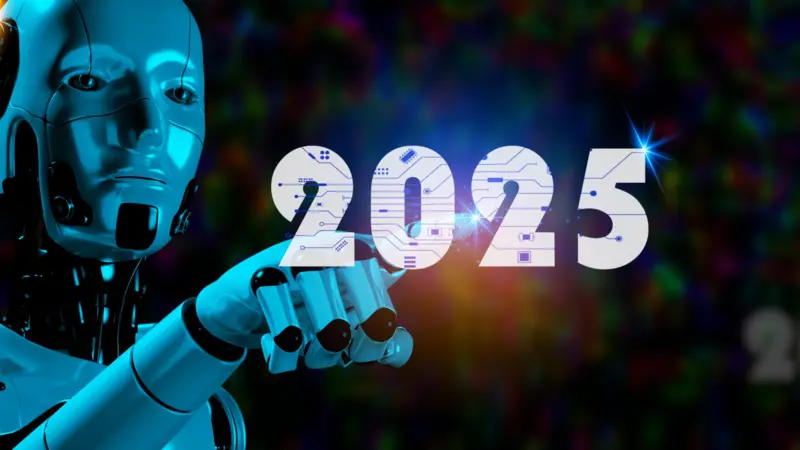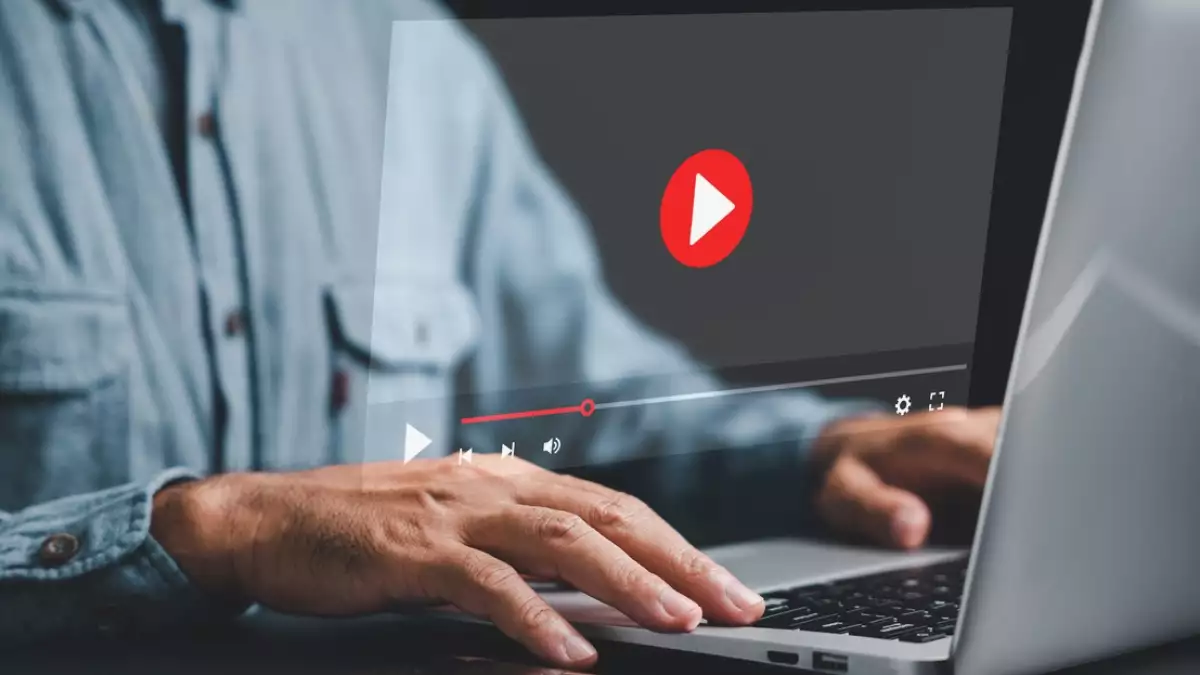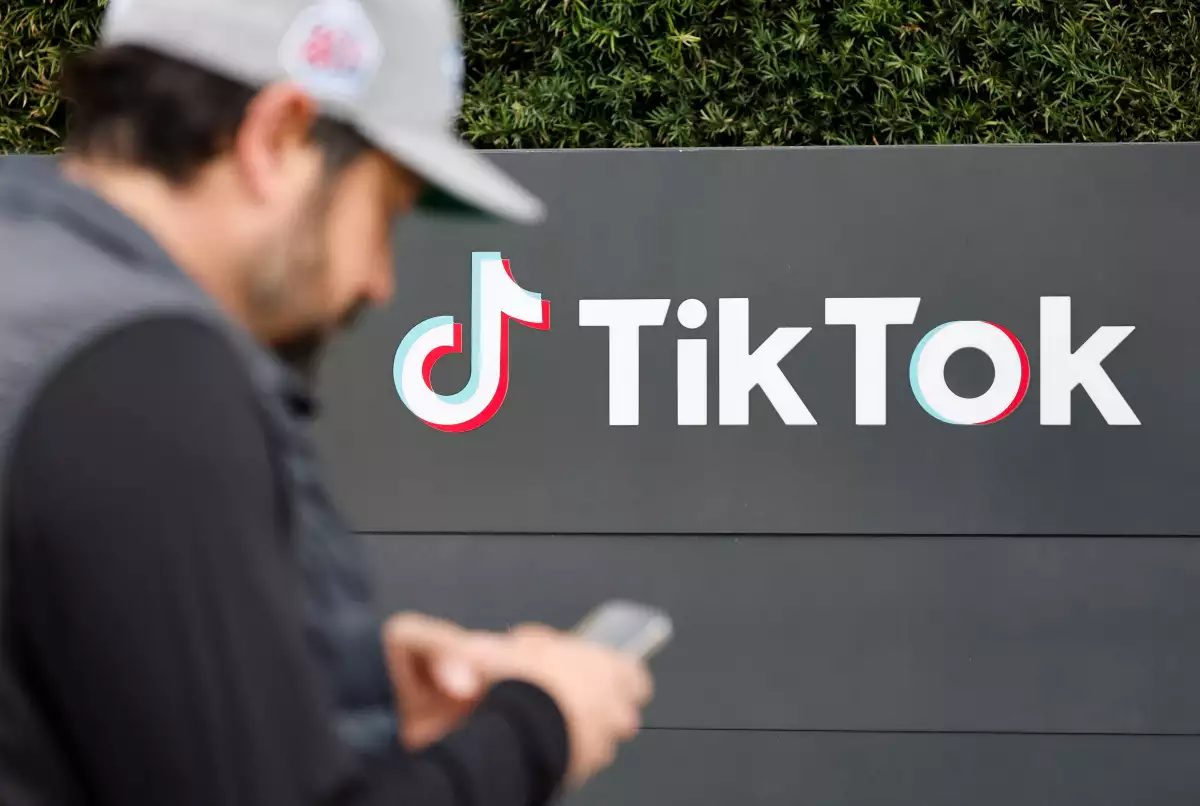
These are the technological trends that will set the pace in 2025
In the year-end assessments, 2024 brought a clear technological trend that stood out above the rest: generative artificial intelligence
Digital, sustainable and smart economy
This is how David Luengo, Vice President and Head of Sales and Portfolio at Capgemini Spain, sums up the scenario. “ We are in a digital, sustainable and intelligent economy, and a set of technologies converge there that are accelerating this change and that are having a clear impact on both society and companies and businesses ,” he sums up. This general framework that Luengo proposes is deeply impacted by AI, both traditional and generative.
In 2025, we will see “a new generation” of virtual agents, which can perform “more complex and diverse tasks” and have “virtually the ability to reason.” Luengo speaks of “ multi-agent systems ,” in which agents specialized in different areas will work in a network, achieving greater capacity.
AI, data and cybersecurity
“Technologies linked to artificial intelligence are on everyone’s lips,” summarises Carlos Grijalba, partner of Technology Enablement at KPMG in Spain. “It is something that the market is demanding in a very relevant way, both generative AI and ethical and responsible AI.
This will lead us to reflect on data governance.” In this area, after years of focusing on transactional and structured data, Grijalba predicts a paradigm shift towards the management of unstructured data.
The third trend that will dominate the conversation will be cybersecurity, with a high demand in the face of different types of attacks.
The latest digital innovations will have another fundamental impact at the level of companies and organisations. “
We are going to see a reorganisation of functions in technology
.” Grijalba comments on the emergence of new figures, such as the
Chief Transformation Officer
. “A figure that is also positioning itself at the level of the management committee to help transform organisations with technology” and who will be in charge of the CDO or data manager. “A series of roles will be created and we will have to see how they change at the level of IT governance.”
Leave a comment:


Tranding News
.webp)
.jpg)








